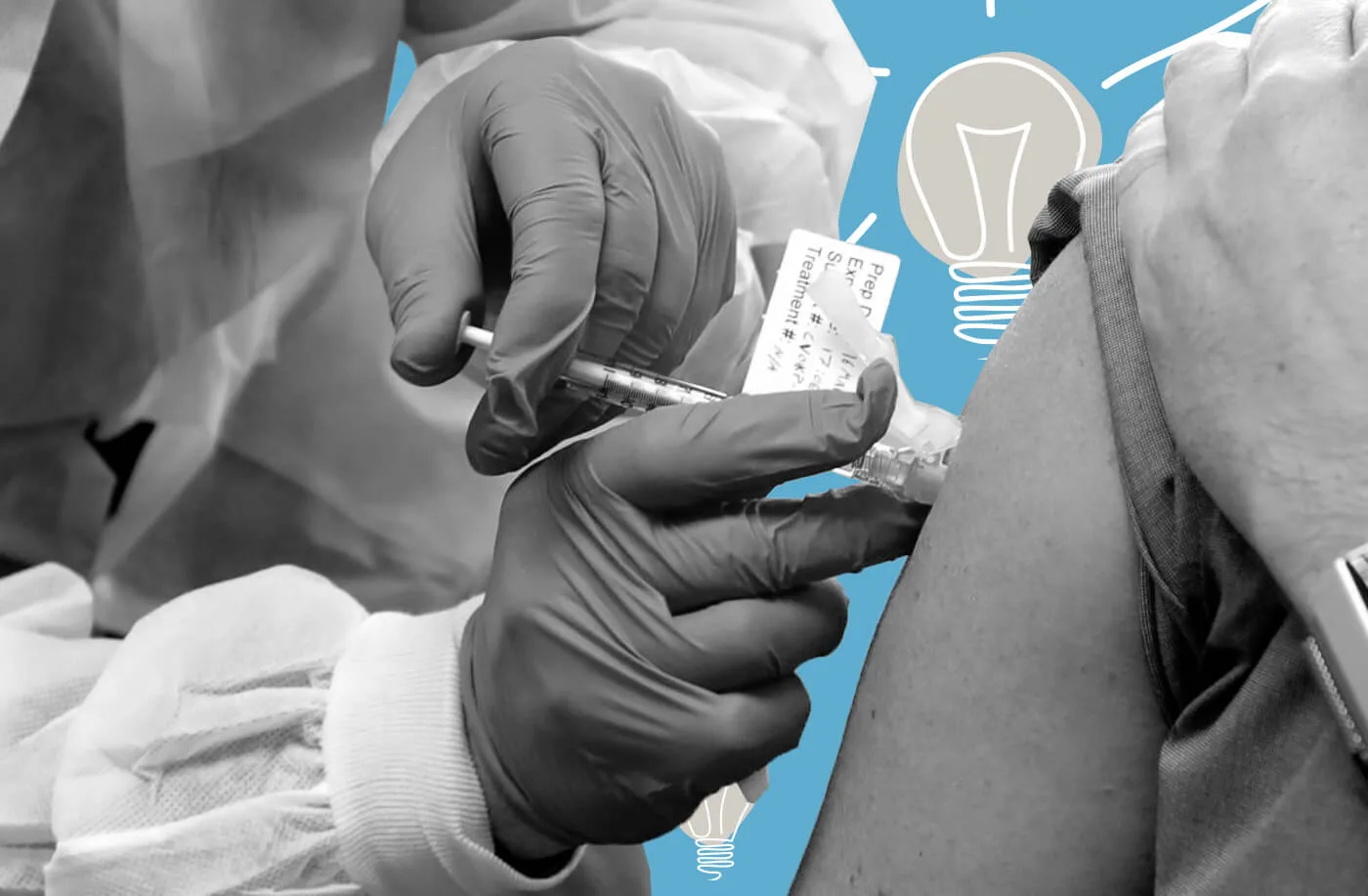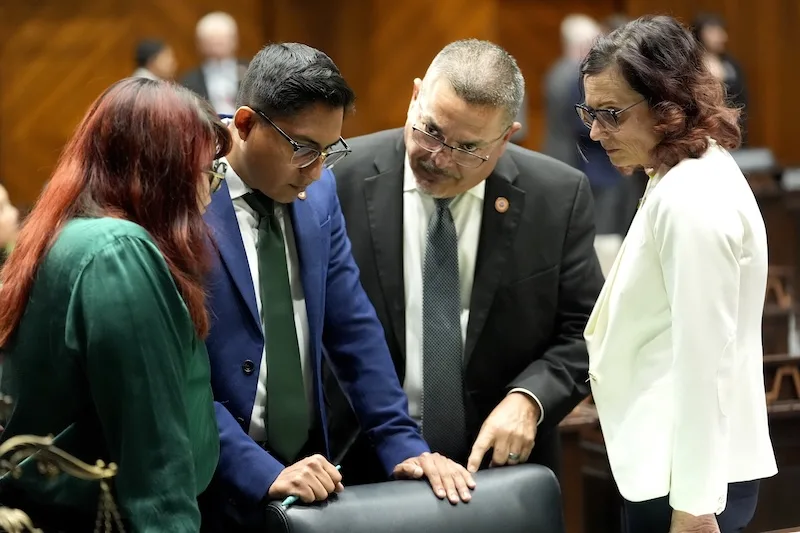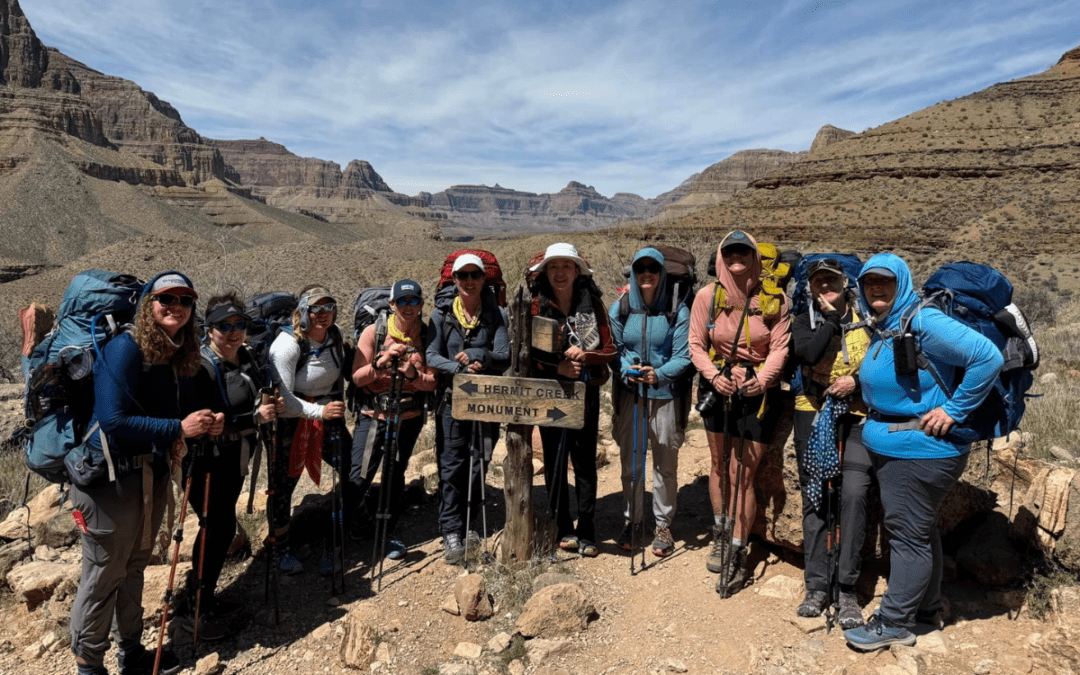
Pauses in vaccine trials are a normal part of any clinical study, though they complicate President Trump's wishful timeline for a COVID vaccine. (AP Photo/Ted S. Warren, File; Graphic by Rebecca Russ/COURIER)
Developing a vaccine is complicated, even with billions of dollars and government support. But to have a safe and effective coronavirus vaccine, pauses in trials and FDA oversight are necessary.
This week presented yet another reminder of how complicated it is to develop a coronavirus vaccine, even with Operation Warp Speed and billions of dollars in government funding. Johnson & Johnson announced Monday that it had paused all clinical trials of its coronavirus vaccine. The news comes after a volunteer became ill, making it the second pharmaceutical company to temporarily halt vaccination trials.
Johnson & Johnson said that the pause affected its Phase 3 trial that began in September and aimed to enroll as many as 60,000 volunteers in the United States and abroad. The company will review the volunteer’s illness with an independent data safety monitoring board.
“Following our guidelines, the participant’s illness is being reviewed and evaluated by the ENSEMBLE independent Data Safety Monitoring Board (DSMB) as well as our internal clinical and safety physicians,” the company said. “Adverse events—illnesses, accidents, etc.—even those that are serious, are an expected part of any clinical study, especially large studies.”
Pauses in Vaccine Trials Are a Regular Part of Any Vaccine Study—Including the Hunt for an Effective Coronavirus Vaccine
Monitoring and examining any harmful or life-threatening side effects associated with a vaccine or drug is a common component of all clinical trials. It is standard protocol to halt trials when a volunteer contracts an illness so that the doctors and scientists involved may examine whether or not it is directly linked to the vaccine or drug in question.
“Serious adverse events are not uncommon in clinical trials, and the number of serious adverse events can reasonably be expected to increase in trials involving large numbers of participants,” Johnson & Johnson noted in their statement. “Further, as many trials are placebo-controlled, it is not always immediately apparent whether a participant received a study treatment or a placebo.”
Two other drugmakers—Pfizer and Moderna—began Phase 3 trials for their vaccines in July. Johnson & Johnson’s experimental vaccine differs in that it only needs to be administered in one dose. In contrast, Pfizer and Moderna vaccines would require two doses nearly one month apart to yield effects. If approved, the Johnson & Johnson vaccine would eliminate any complications associated with ensuring patients return for their second dose.
The first drugmaker to halt their COVID-19 vaccine trials over safety concerns was AstraZeneca PLC. In September, AstraZeneca paused all of its clinical trials after a volunteer in the United Kingdom also had an unexplained illness. As of Monday, its clinical trials in the UK have resumed. Those in the US, however, are still on pause.
If discovered within a year, an effective COVID-19 vaccine would shatter historic records for its speedy development, primarily due to around-the-clock labor from scientists and the government spending upwards of $9 billion for its development. There are currently about 25 COVID-19 vaccines in clinical development, and more than 100 others are in early stages of development.
But even if the US were to eventually have a working vaccine, scientists and public health experts say that there may still be a long, bumpy road before the coronavirus is fully eradicated.
One Big Challenge to a Coronavirus Vaccine? Who Should Be the First to Receive It
Several factors complicate just how quickly a potential coronavirus vaccine could help stem new infections and set the world on a path to recovery. Among the most thorny questions is who should be in the first group of people to receive the vaccine.
Due to production limitations as well as distribution logistics, the first batch of vaccines is expected only to be available to certain groups of people. The World Health Organization (WHO) and US National Academies of Sciences, Engineering, and Medicine (NASEM) have released preliminary guidance last month detailing which groups should be prioritized. Both organizations offer completely different allocation plans.
The WHO cautions against “vaccine nationalism,” stating that the global priority should be to vaccinate “some people in all the countries, rather than all the people in some countries.” It mentions that vaccine distribution should ensure less-developed countries are also granted access. The WHO also offers a vague breakdown of which groups should receive the vaccine first, listing small numbers of government leaders as part of that group.
The NAESM advised that after healthcare providers and workers, groups proven to be at high-risk of COVID-19 should be among the first to receive the vaccine. Its plan includes elderly individuals living in crowded situations, people with pre-existing conditions like diabetes or heart disease, and marginalized racial and ethnic groups hit hard from the pandemic. The NAESM’s plan also prioritizes essential workers and people living in crowded settings, namely those working in public transportation or living in homeless shelters and prisons.
The Trump administration released a broad vaccination plan in September, but offered few specifics who would receive the first doses. According to Politico, front-line healthcare workers were likely to be some of the first, but other specific details about prioritization were few.
The First Vaccines May Be Effective, but More Potent Ones May Take Time
Further complicating the Trump administration’s rosy timeline for a vaccine—and its potential as a silver bullet against the coronavirus pandemic—are concerns about the efficacy of the first vaccines.
Trials currently underway are a measure of efficacy as well as safety. But refining a vaccines effectiveness is also a crucial part of any vaccine’s lifespan. Even recently developed vaccines—like the HPV vaccine—have been updated numerous times to expand efficacy. The flu vaccine undergoes evaluations every year, based on the types of influenza predicted to be the most severe or common that year.
For that reason, experts are cautioning that the first batch of coronavirus vaccines may only offer “moderate protection,” according to the New York Times. In other words, it may still be necessary for people to wear masks to maintain and reduce transmissions. Those experts note that a more effective vaccine will likely follow.
“It has not yet dawned on hardly anybody the amount of complexity and chaos and confusion that will happen in a few short months,” Dr. Gregory Poland, the director of the Vaccine Research Group at the Mayo Clinic, told the Times.
Or, as the Times put it, when a vaccine enters the real world, there can be changes in its effectiveness: “Like any statistical study, Phase 3 trials have margins of error. A vaccine that met the F.D.A.’s guidelines might actually be more than 50 percent effective, or might be less so. It might well turn out to be only 35 percent effective.”
Trump Continues to Ignore the Complicated Science of Creating Effective and Safe Vaccines
Despite the complications associated with developing safe fast-tracked vaccines, President Trump still insists that a vaccine will be ready before Election Day.
Days after being hospitalized for COVID-19, Trump personally made phone calls to pharmaceutical manufacturers, urging them to develop a vaccine by Nov. 3. These calls were made despite the Trump administration’s own Food and Drug Administration (FDA) stating it would be impossible to safely offer vaccines to the public that soon.
The FDA said it would need to monitor tens of thousands of study volunteers for a minimum of two months to discover and examine any health risks or safety issues before considering an emergency-use authorization. This means that the earliest that a vaccine could be ready for the public is at the end of November or early December.
The ongoing spread of misinformation and confusion regarding the fast-tracking of potential vaccines is having an impact on people’s trust in the government and in the vaccine itself. A CNN poll released on Oct. 5 revealed that 45% of those surveyed would not get vaccinated. In comparison, only 51% of those surveyed said they would get vaccinated. This is a sharp decline from May, when 66% said they would get vaccinated.
While 51% might is technically a majority of the United States, it is still not a high enough rate of vaccination to reach herd immunity. Herd immunity happens when a population becomes resistant to a contagious virus or disease due to a large proportion of people being vaccinated against it or becoming immune to it.
A Politico/Morning Consult poll from July also found that 60% of eligible voters in the US said they would prefer a proven safe and effective vaccine rather than one that is expedited.
“In the race for a highly sought-after COVID-19 vaccine, voters are not willing to sacrifice safety for expediency,” Kyle Dropp, co-founder and chief research officer at Morning Consult, said in a statement. “Roughly two-thirds say the United States should prioritize fully testing any potential coronavirus vaccine, even if that means a delayed offering to the public and a continued spread of the virus.”
Politics

Democrats clear path to bring proposed repeal of Arizona’s near-total abortion ban to a vote
Democrats in the Arizona Senate cleared a path to bring a proposed repeal of the state's near-total ban on abortions to a vote after the state's...

It’s official: Your boss has to give you time off to recover from childbirth or get an abortion
Originally published by The 19th In what could be a groundbreaking shift in American workplaces, most employees across the country will now have...
Local News

Where to buy farm-fresh eggs in Tucson
Once you’ve tasted farm-fresh eggs, it’s hard to go back to the store-bought variety. Not only do farm-fresh eggs taste better and have...

How Arizona women are helping each other gain confidence in outdoor adventuring
Two female-oriented outdoors groups in Arizona encourage women to get on the trails, and to not be afraid of doing it solo every once in a while....




